Home>Garden Essentials>What Happens If You Don’t Water Grass Seed
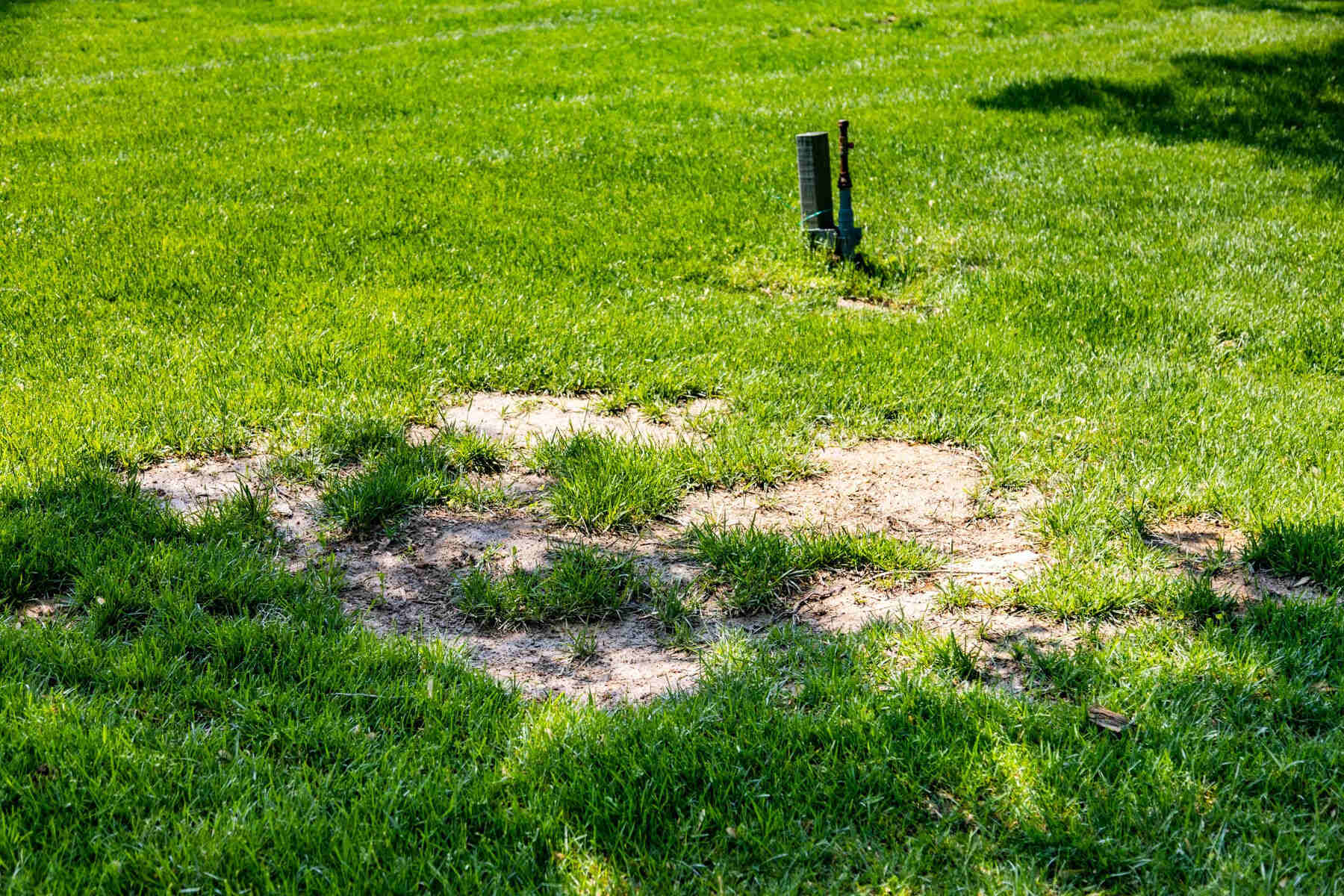

Garden Essentials
What Happens If You Don’t Water Grass Seed
Modified: October 19, 2024
Ensure a thriving garden by understanding the consequences of neglecting to water grass seed. Discover what happens if you don't water garden and receive essential tips for successful lawn growth.
(Many of the links in this article redirect to a specific reviewed product. Your purchase of these products through affiliate links helps to generate commission for Storables.com, at no extra cost. Learn more)
Introduction
When it comes to establishing a lush and vibrant lawn, one crucial factor that cannot be overlooked is watering grass seed. Proper hydration plays a vital role in the germination and growth of grass, ensuring a healthy and thriving lawn. However, many gardeners underestimate the importance of this step or may not be aware of the consequences of neglecting to water grass seed adequately.
In this article, we will delve into the significance of watering grass seed, the negative effects of failing to do so, and the long-term implications it can have on your lawn. By understanding the impact of insufficient watering, you can take proactive measures to ensure optimal grass seed germination and growth, resulting in a lush and beautiful lawn that will be the envy of the neighborhood.
Key Takeaways:
- Properly watering grass seed is crucial for healthy lawn growth, ensuring seeds germinate, develop strong roots, and resist stress. Neglecting watering can lead to patchy, weak, and vulnerable grass.
- Inadequate watering of grass seed can result in stunted growth, increased weed competition, and long-term damage to the soil, impacting the overall health and appearance of the lawn.
Read more: What Happens To Grass If You Dont Cut It
Importance of Watering Grass Seed
Watering grass seed is a crucial step in the lawn establishment process. It provides the essential moisture necessary for seed germination, root development, and overall growth. By watering properly, you create an optimal environment that allows the seeds to sprout, establish roots, and develop into healthy grass plants.
Here are a few key reasons why watering grass seed is important:
- Seed Germination: Water is essential for triggering the germination process. Seeds require consistent moisture to break down their protective outer coating and initiate the growth cycle. Without adequate water, the seeds may remain dormant or take longer to germinate, leading to patchy and uneven grass growth.
- Root Development: Moisture is critical for healthy root development. As the grass seed germinates, roots start to grow and anchor the plant firmly into the soil. Sufficient water supply promotes deep root penetration, enabling the grass to access nutrients and withstand various environmental stressors, such as heat and drought.
- Minimizing Stress: Watering grass seed helps prevent stress caused by dry conditions. Newly sprouted grass is delicate and vulnerable to dehydration. By providing adequate moisture, you reduce the risk of wilting and damage, ensuring the survival and healthy growth of your grass seedlings.
- Uniform Growth: Proper watering promotes even and uniform growth throughout the lawn. Consistent moisture distribution encourages the grass to develop evenly, eliminating patchiness and creating a visually appealing and robust lawn.
Remember that proper watering techniques vary depending on factors such as grass seed type, climate, and soil conditions. It’s essential to pay attention to these factors and adjust your watering schedule accordingly. Watering too little or too much can have negative consequences on grass seed germination and growth.
Consequences of Not Watering Grass Seed
Neglecting to water grass seed can have severe consequences on its germination, growth, and overall health. Let’s explore some of the potential negative effects of not watering grass seed adequately:
- Poor Germination: Lack of moisture significantly hinders seed germination. Without sufficient water, the seeds may struggle to break through their protective coating and initiate the growth process. This can result in delayed germination, uneven growth, and ultimately, a patchy lawn.
- Inhibited root development: Proper moisture levels are crucial for healthy root development. Insufficient watering restricts the root growth of grass seedlings, leading to shallow and weak roots. As a result, the grass becomes more susceptible to stress, such as heat, drought, and diseases.
- Drought stress: Without proper hydration, grass seedlings become susceptible to drought stress. They lack the ability to draw water from deep within the soil, making them more prone to wilting, browning, and eventually dying. This can result in a thin, weak, and unhealthy lawn.
- Increased weed competition: A lack of water can create an ideal environment for weed growth. Weeds are often hardier and more adaptable to dry conditions than grass seedlings. When grass seedling growth is stunted due to inadequate watering, it allows weeds to thrive and compete for precious resources, ultimately leading to an infested and unsightly lawn.
- Patchy and uneven growth: Insufficient watering can result in patchy and uneven grass growth. Some areas may receive enough moisture, while others remain dry and barren. This inconsistency leads to an unattractive and inconsistent lawn appearance.
- Long-term damage to soil: Neglecting to water grass seed can have long-term consequences for the soil. When seeds fail to germinate and establish, the soil becomes susceptible to erosion. The lack of vegetation exposes the soil to the elements, making it more prone to erosion and loss of topsoil, which is vital for plant growth.
Clearly, not watering grass seed adequately can result in a wide range of negative impacts on the overall health and appearance of your lawn. It is crucial to prioritize proper watering techniques to ensure successful germination and long-term sustainability.
Effects on Germination and Growth
Watering plays a critical role in the germination and growth of grass seed. Insufficient or improper watering practices can have detrimental effects on these essential stages, leading to poor establishment and weak turf. Let’s explore the specific effects on germination and growth when grass seed is not adequately watered:
- Delayed Germination: Insufficient water supply can delay the germination process. Without the necessary moisture, the seeds may take longer to break through their protective coating and sprout. This delay can result in uneven growth and patchy areas within the lawn.
- Uneven Growth: Inadequate watering can cause uneven growth patterns in the grass seedlings. Some areas may receive enough moisture to support healthy growth, while other spots remain dry. This inconsistency leads to an uneven and visually unappealing lawn.
- Weak Root Development: Water stress during the early stages of growth can hinder the development of strong and robust root systems. Without deep and well-established roots, the grass becomes more susceptible to environmental stressors, such as heat and drought. The weak root system also limits the plant’s ability to absorb nutrients, leading to overall poor health.
- Patchy Lawn: Inadequately watered grass seed may result in a patchy lawn, with areas of sparse growth and bare soil. These patchy areas not only detract from the aesthetic appeal of the lawn but also provide opportunities for weeds to take hold and compete with the grass seedlings.
- Slow Growth: Lack of water can slow down the growth rate of grass seedlings. Without sufficient moisture, the grass plants struggle to take up nutrients and photosynthesize effectively, leading to stunted growth. This slow growth can prolong the time it takes for the lawn to become established and lush.
It is essential to provide the right amount of water during the germination and growth stages to ensure healthy establishment and vigorous turf. Monitoring soil moisture, watering consistently, and adjusting watering frequency based on weather conditions are crucial practices for promoting optimal germination and growth.
Impact on Overall Lawn Health
The amount and frequency of watering play a significant role in determining the overall health of your lawn. Neglecting to water grass seed adequately can have a detrimental impact on the overall health and vitality of your turf. Let’s explore the specific effects on the overall health of the lawn when grass seed is not properly watered:
- Weakened Turf: Insufficient watering leads to weak and vulnerable grass. Without enough moisture, the grass becomes more susceptible to diseases, pests, and environmental stressors. A weakened turf is more likely to experience thinning, patchiness, and dieback.
- Inadequate Nutrient Uptake: Water is essential for transporting nutrients from the soil to the grass plants. When the soil lacks moisture, the roots cannot effectively absorb the necessary nutrients for healthy growth. This can result in nutrient deficiencies, stunted growth, and overall poor lawn health.
- Predisposition to Weeds and Pest Infestation: Under-watered lawns create an environment that is conducive for weed growth. Weeds often have deeper root systems and can outcompete grass seedlings for resources. Additionally, a weakened lawn is more vulnerable to pest infestation, further compromising its health and appearance.
- Reduced Resistance to Environmental Stress: Proper hydration strengthens grass and helps it withstand various environmental stressors. Insufficient watering leaves the lawn vulnerable to heat stress, drought, and extreme temperatures. A stressed lawn is more likely to turn yellow or brown and may struggle to recover from damage.
- Poor Recovery from Wear and Tear: Lawns that are not adequately watered have a reduced capacity to recover from wear and tear caused by foot traffic, sports activities, or lawn equipment. Without enough moisture, the grass cannot regenerate and repair damaged areas, leading to compaction, thinning, and a diminished overall appearance.
Proper watering practices are essential for maintaining the overall health of your lawn. It is crucial to monitor soil moisture levels, water consistently, and adjust watering frequency based on weather conditions. By providing adequate hydration, you can ensure that your lawn remains resilient, vibrant, and able to withstand the rigors of daily use and environmental challenges.
If you don’t water grass seed, it won’t germinate and grow. Water is essential for the seed to sprout and establish roots. Make sure to water regularly to keep the soil moist, but not waterlogged.
Read more: What Happens If You Touch Grass
Increased Survival of Weeds and Disease
One of the adverse consequences of not watering grass seed adequately is the increased survival of weeds and susceptibility to diseases. Insufficient water supply weakens the grass, compromising its ability to compete with invasive weeds and fend off harmful pathogens. Let’s explore how inadequate watering can contribute to the proliferation of weeds and diseases in your lawn:
- Weed Competition: When grass seedlings are under-watered, they struggle to establish and grow quickly. This creates gaps and bare spots in the lawn, which provide opportunities for weeds to take root and thrive. Weeds are hardy plants that can withstand dry conditions better than grass, so they quickly dominate these weakened areas.
- Shallow Root Growth: Insufficient water supply restricts the development of deep and robust root systems in grass seedlings. Shallow roots make it difficult for the grass to effectively absorb nutrients and moisture from the soil, making them less resilient to weed encroachment. Weeds, on the other hand, often have aggressive root systems that can quickly exploit available resources.
- Increased Weed Seed Germination: Inadequate watering can inadvertently stimulate the germination of weed seeds. Many weed seeds lie dormant in the soil, waiting for ideal conditions to sprout. When the grass is under stress due to lack of water, it produces a weaker canopy, allowing more light to reach the soil surface. This increased light exposure triggers the germination of weed seeds, leading to an influx of weeds in your lawn.
- Reduced Disease Resistance: Grass that is not properly watered becomes more susceptible to diseases. Under-watered turf weakens the plant’s natural defenses and stress response mechanisms, making it an inviting target for various lawn diseases. Fungal diseases, in particular, thrive in moist conditions, so a lack of water can provide the optimal environment for their growth and spread.
- Poor Recovery from Disease: If your lawn does succumb to disease, insufficient watering can hinder its ability to recover. Grass that lacks the necessary moisture struggles to repair and regenerate damaged areas. This allows diseases to persist and spread, leading to further deterioration of the lawn’s overall health and appearance.
To minimize the survival of weeds and the risk of disease in your lawn, it is crucial to prioritize proper watering. Provide sufficient moisture to your grass, maintain good drainage, and avoid overwatering, as excessive moisture can also create favorable conditions for disease development. By promoting healthy grass growth through adequate watering, you can create a dense and robust lawn that is less prone to weed infestation and disease outbreak.
Stunted and Patchy Grass Growth
Inadequate watering of grass seed can result in stunted and patchy growth. Insufficient moisture availability prevents the grass from reaching its full potential, leading to weak and uneven growth patterns. Let’s delve into the specific ways in which insufficient watering can affect the growth of your grass:
- Limited Root Development: Water is vital for the development of deep and healthy root systems. When grass seedlings do not receive enough water, their root growth is stunted. Shallow roots cannot access the necessary nutrients and moisture deep within the soil, hindering the overall growth and strength of the grass.
- Patchy Areas: Inadequate watering can result in patchy areas within your lawn. Without proper moisture, some spots may experience slow or no growth, leading to bare or sparse patches. These areas can be unsightly and contribute to an uneven lawn appearance.
- Uneven Blade Growth: Insufficient water supply affects the length and quality of the grass blades. Without adequate moisture, grass blades may become shorter, thinner, and less vibrant in color. This inconsistency in blade growth can lead to an uneven and visually unappealing lawn.
- Increased Weed Competition: Stunted grass growth due to insufficient watering creates an opportunity for weeds to thrive. Weeds are quick to take advantage of bare or weak spots in the lawn and can outcompete the underdeveloped grass. This further exacerbates the patchiness and uneven growth patterns in your lawn.
- Limited Recovery: When grass seedlings are deprived of water, they lack the ability to recover from damage caused by foot traffic, lawn equipment, or other stressors. Stunted growth makes it challenging for the grass to regenerate and fill in damaged areas, resulting in a slow and ineffective recovery process.
To ensure optimal growth and overcome the challenges of stunted and patchy grass, it is vital to establish a consistent watering routine. Pay attention to moisture levels in the soil and provide sufficient water, allowing it to penetrate deep into the root zone. This helps promote healthy root development and encourages even and robust growth across your entire lawn.
Long-Term Damage to Soil
Neglecting to water grass seed adequately can have long-term consequences for the health and condition of your soil. Insufficient water supply not only impacts the grass directly but also affects the composition and fertility of the soil. Let’s explore the specific ways in which inadequate watering can lead to long-term damage to the soil:
- Loss of Soil Structure: Water is essential for maintaining soil structure. Without sufficient moisture, the soil particles become compacted and lose their ability to hold air and allow water infiltration. This compaction can lead to poor drainage, restricted root growth, and limited nutrient availability for your grass.
- Erosion and Soil Loss: Lack of vegetation due to poorly watered grass seed makes the soil more vulnerable to erosion. Rainwater or irrigation runoff can carry away the topsoil, which is rich in organic matter and nutrients. This loss of topsoil not only diminishes the fertility of the soil but also disrupts its overall balance and composition.
- Reduced Organic Matter Content: Proper soil moisture levels encourage the decomposition of organic matter in the soil. This decomposition process helps replenish nutrients, improve soil structure, and foster a healthy soil ecosystem. Insufficient water impedes this process, leading to a decline in organic matter content, which is crucial for long-term soil fertility.
- Imbalance in Nutrient Availability: Inadequate watering disrupts nutrient cycling in the soil. Water acts as a carrier, transporting essential nutrients to the roots of the grass. Without enough moisture, the nutrients may not be readily available to the grass, resulting in imbalances and deficiencies. This can lead to weakened grass growth and an overall decline in soil fertility over time.
- Loss of Microbial Activity: Soil microorganisms play a crucial role in maintaining soil health and fertility. They break down organic matter, release nutrients, and improve soil structure. In a dry and poorly watered soil environment, microbial activity decreases, impacting the overall functioning of the soil ecosystem and reducing its ability to support healthy plant growth.
Preventing long-term damage to the soil requires prioritizing proper watering practices. By providing consistent and adequate moisture to the grass seed, you promote healthy soil conditions and preserve its fertility and structure. Regularly monitor soil moisture levels, adjust watering frequency based on the weather, and consider implementing practices such as mulching to retain moisture and promote a healthy soil ecosystem.
Conclusion
Watering grass seed is a crucial step in establishing a healthy and vibrant lawn. Insufficient watering can have a range of negative consequences, impacting the germination, growth, and overall health of the grass. From poor germination and stunted growth to increased weed competition and long-term damage to the soil, neglecting to water adequately can result in an unattractive and weak lawn.
To ensure successful grass seed germination and establishment, it is important to understand the significance of watering. Proper hydration promotes seed germination, root development, and uniform growth throughout the lawn. It also strengthens the turf, enhances its resistance to environmental stressors, and minimizes weed competition and disease susceptibility.
Consistent and thoughtful watering practices are key to a thriving lawn. Monitor soil moisture levels regularly, adjust watering frequency based on weather conditions, and water deeply to encourage deep root penetration. Avoid overwatering, as it can lead to shallow root growth, waterlogging, and potential disease issues.
In addition to proper watering, maintaining overall lawn health requires a comprehensive approach. Regular mowing, adequate fertilization, and timely weed control all contribute to a beautiful and resilient lawn. By combining these practices with proper watering techniques, you can create a lush, vibrant, and healthy lawn that is the envy of your neighborhood.
Remember, a well-watered lawn not only enhances the visual appeal of your outdoor space but also provides a comfortable and enjoyable area for various activities. So, make watering grass seed a priority, and enjoy the rewards of a lush and thriving lawn for years to come.
Frequently Asked Questions about What Happens If You Don't Water Grass Seed
Was this page helpful?
At Storables.com, we guarantee accurate and reliable information. Our content, validated by Expert Board Contributors, is crafted following stringent Editorial Policies. We're committed to providing you with well-researched, expert-backed insights for all your informational needs.

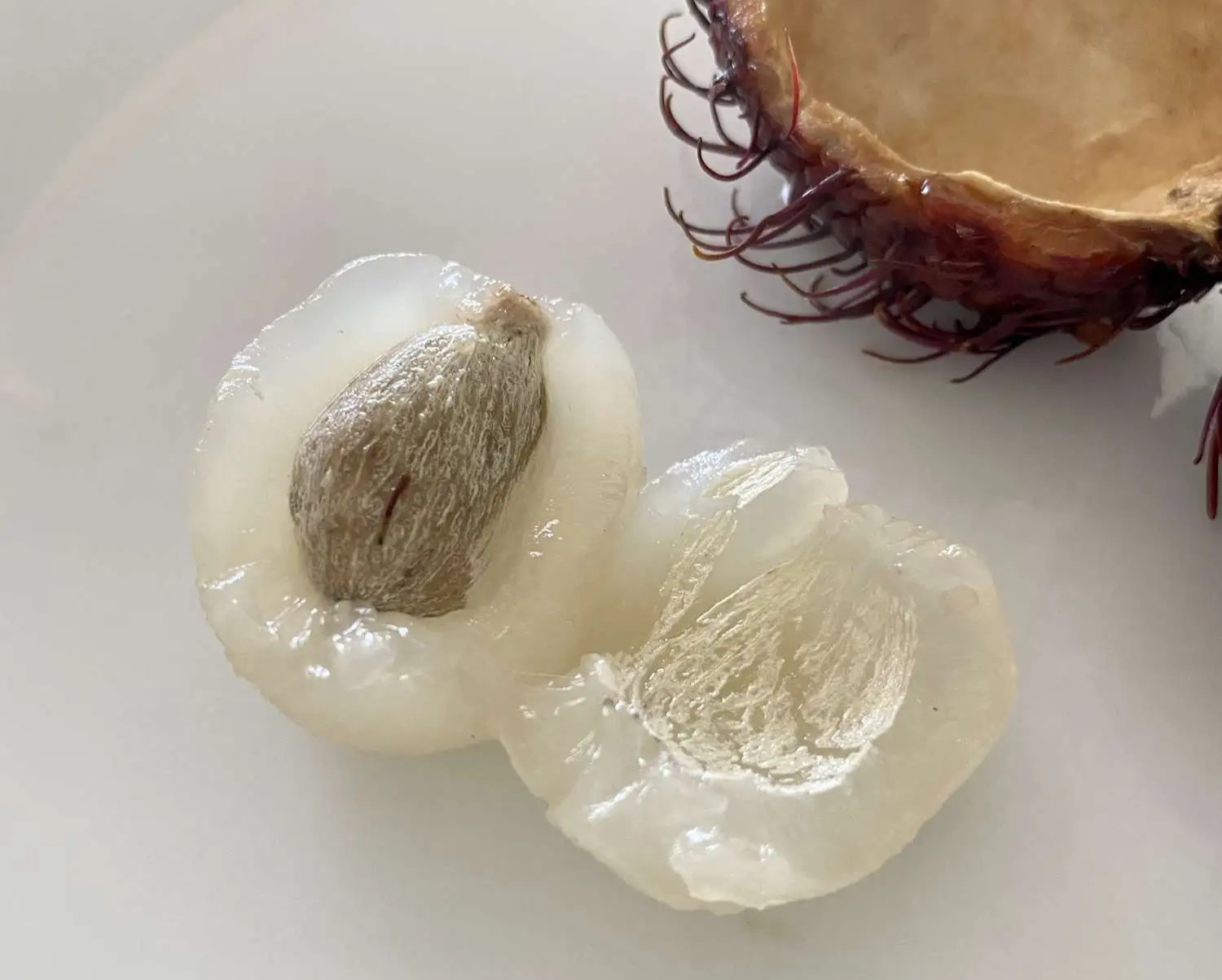

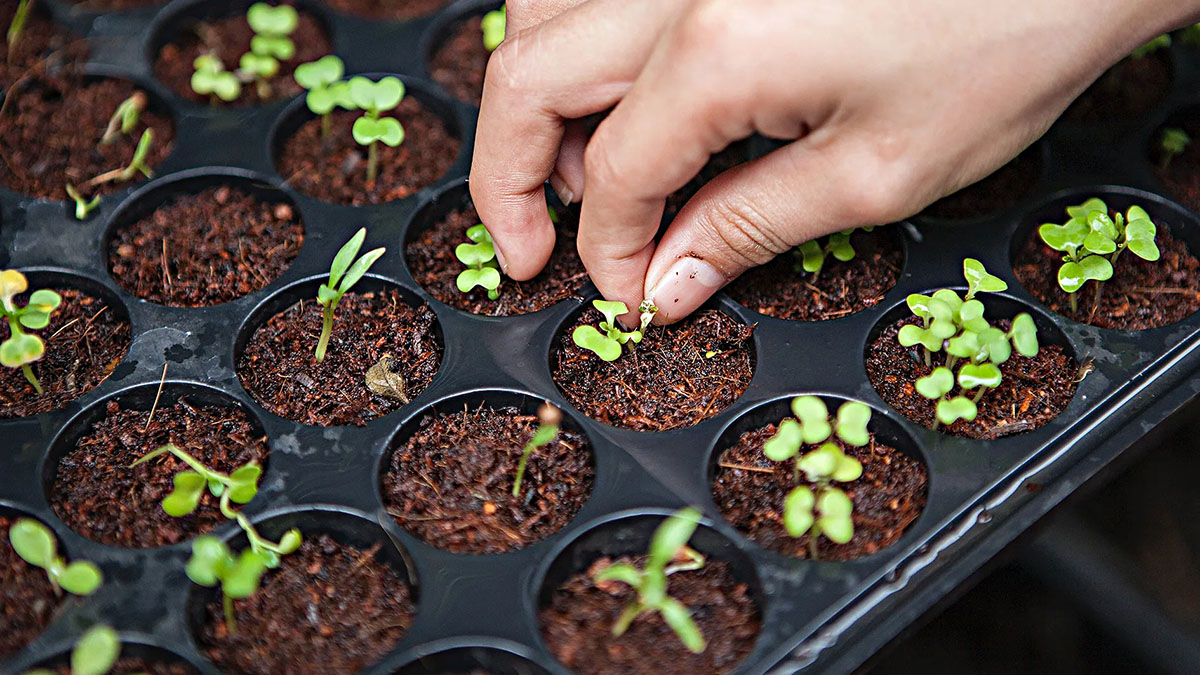
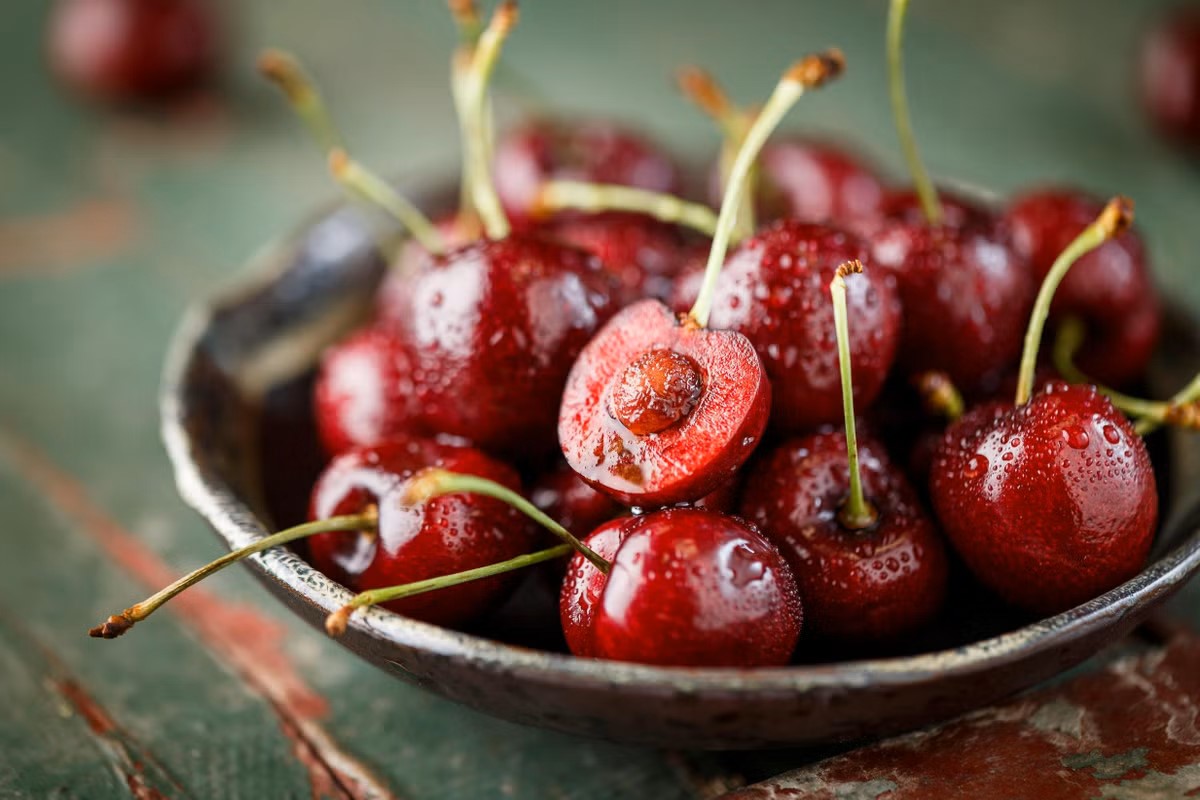

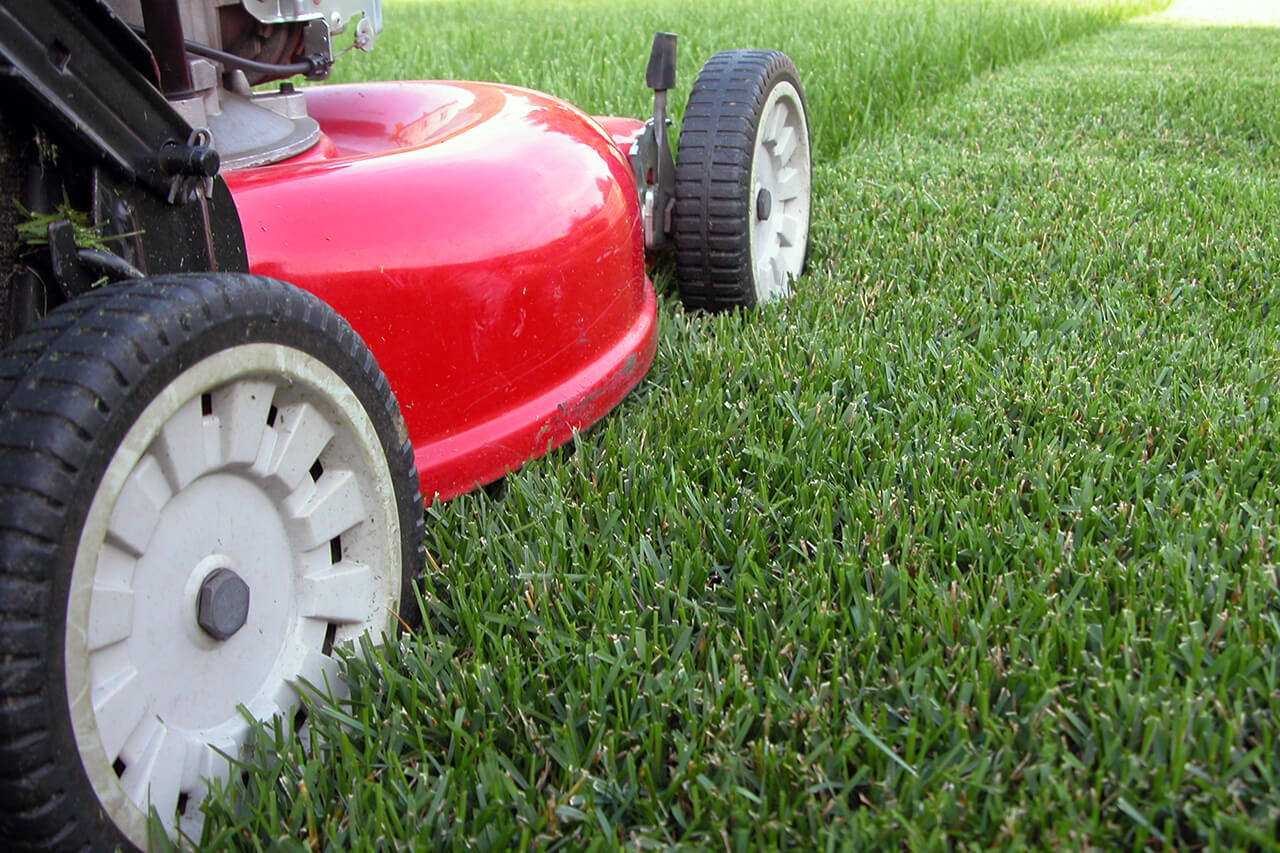
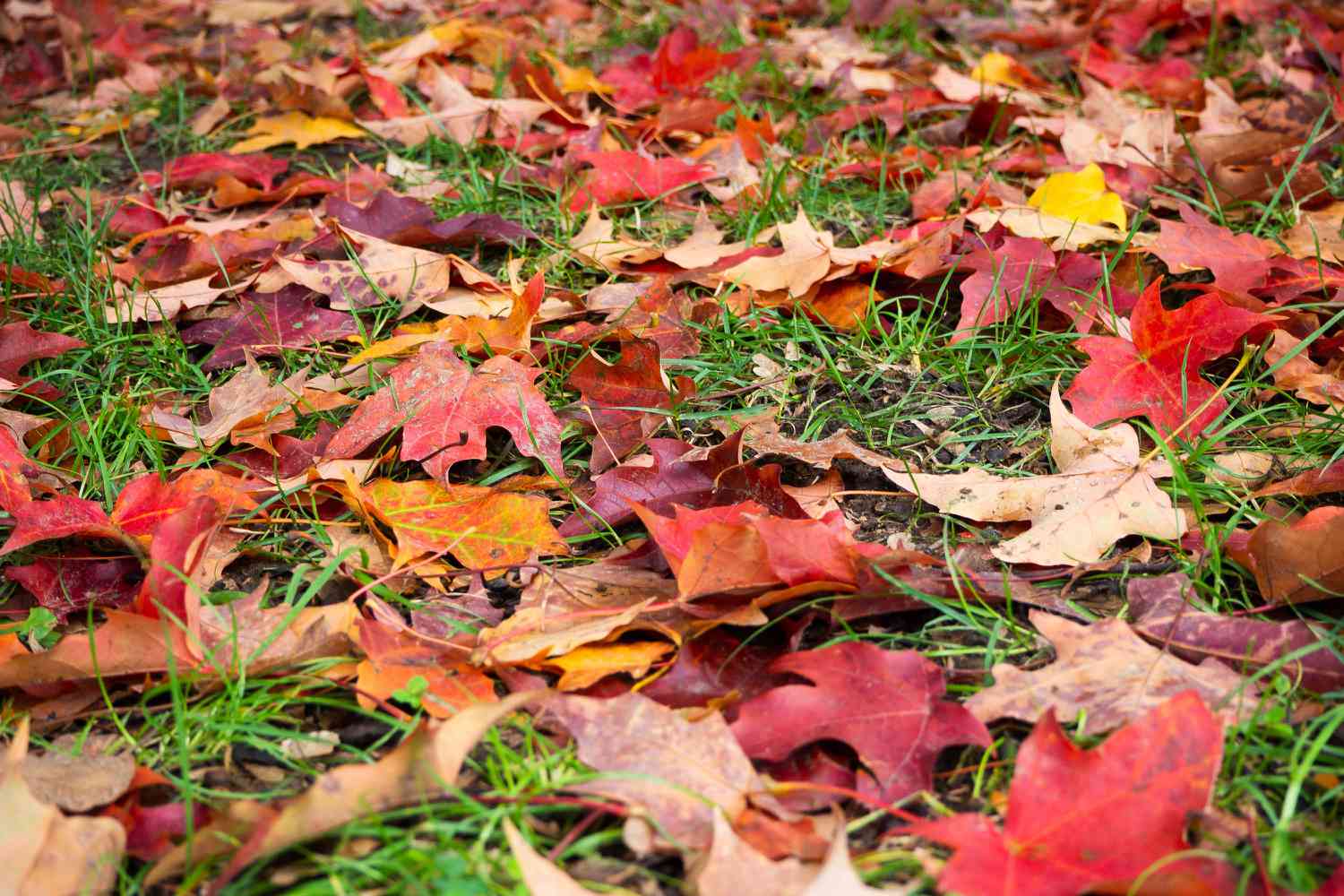
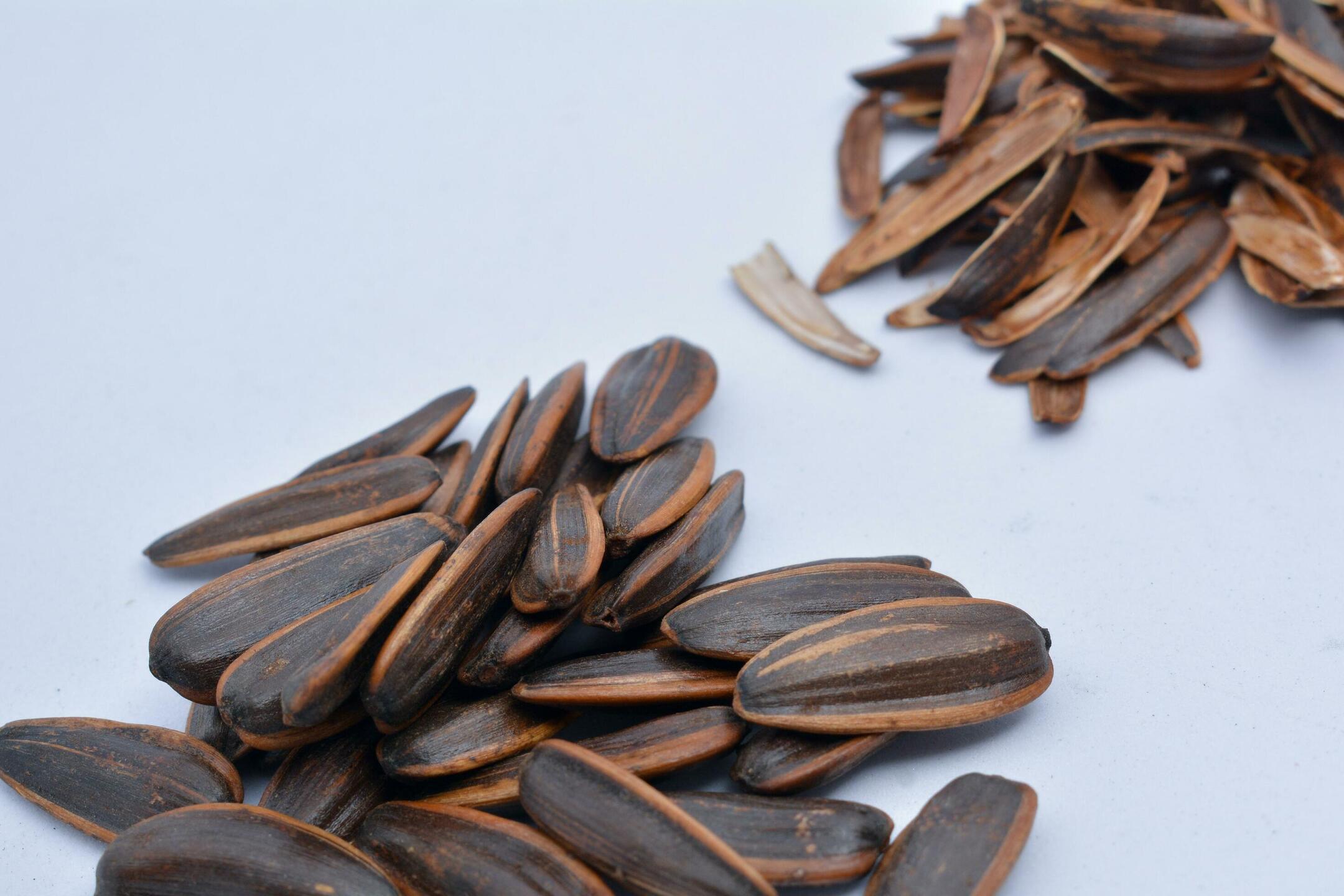



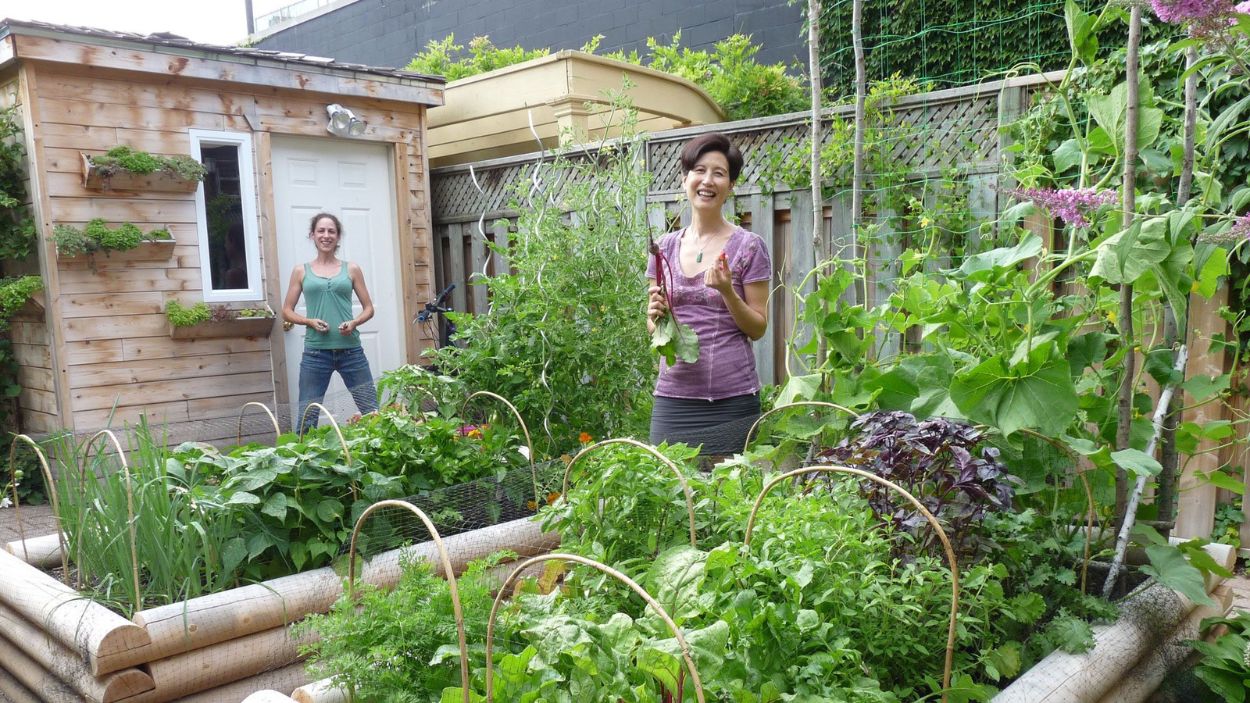
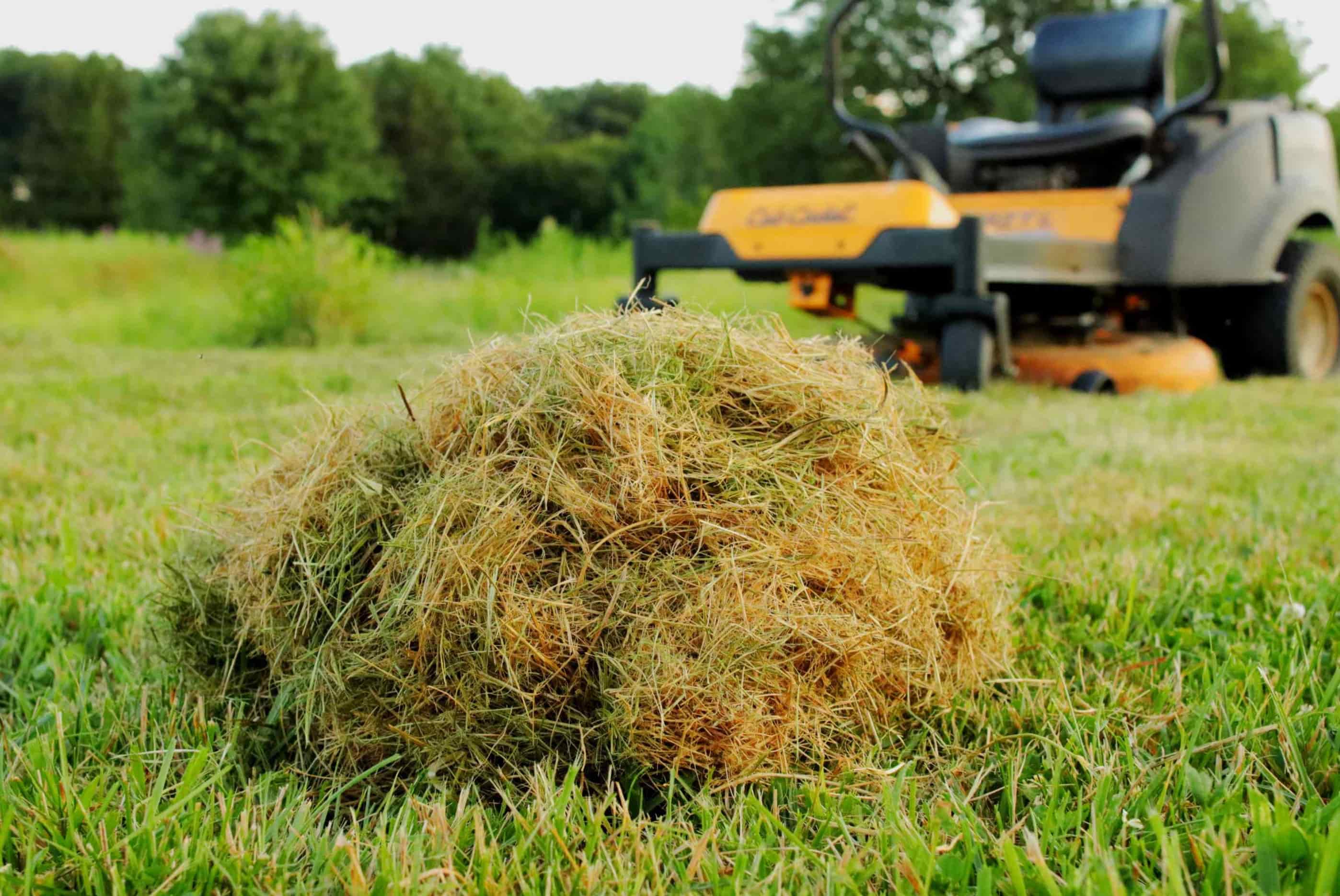

0 thoughts on “What Happens If You Don’t Water Grass Seed”